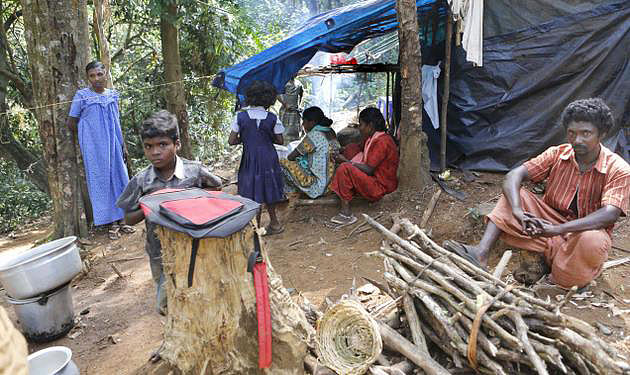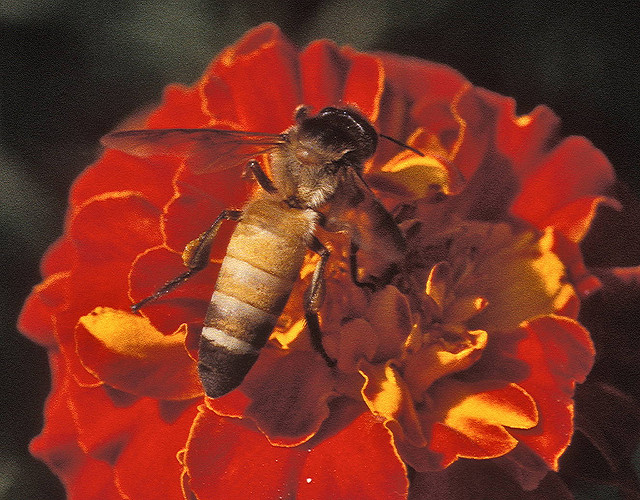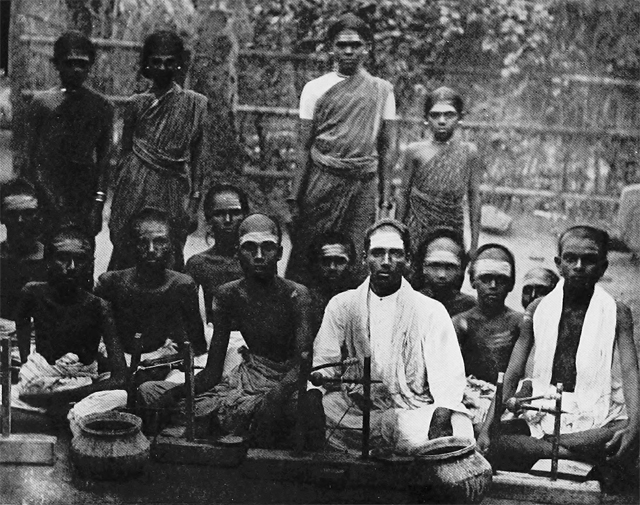On Tuesday last week, a research institute in Kerala released the results of a study that demonstrated how much the Malapandaram, and other tribal societies, are losing their traditional knowledge. The results of the study were summarized by The Hindu and numerous other news sources in India.

The study of eight different tribal societies living in the Western Ghats of Kerala, including the Malapandaram, was conducted by the C.V. Raman Laboratory of Ecological Informatics, which is affiliated with the Indian Institute of Information Technology and Management – Kerala. The questionnaires the researchers administered were grouped by the ages of the respondents into people ages 10 – 25, 25 – 50, and over 50. Not surprisingly, the younger respondents retained less knowledge of traditional subjects.
The point of the study was to determine in numerical terms how much traditional knowledge the eight tribal societies had lost. The losses ranged, according to the analyses by the authors, from 33 percent for the Malapandaram up to over 50 percent for other groups. However, the news reports indicated that out of the eight societies, the Malapandaram preserve the least amount of their own indigenous knowledge.
The study was conducted among the tribal groups of the Western Ghats because the mountain range has been designated as a World Heritage Site by UNESCO. That designation is significant. According to the lead scholar, Jaishankar R. Nair, Head of the C.V. Raman Laboratory, “The shrinkage in [the] traditional knowledge base is detrimental to the existence of geo-heritage sites. The study highlights the need for preserving the traditional knowledge at any cost,” he said.
The news stories about the study reviewed several of the traditional practices of the eight societies, but the first one they mentioned, collecting honey, was clearly the purview of the Malapandaram. Honey collecting was cited in several works by the British anthropologist Brian Morris as one of the foundations of their culture. In his major book, Forest Traders: A Socio-Economic Study of the Hill Pandaram, Morris wrote, “The most important single economic activity of the Hill Pandaram is the collection of honey (Morris 1982a, p.84).” He also described the importance of honey gathering to their forest-based economy in a 1977 journal article.

In his book, Morris described in detail the three different species of bees which produce honey gathered by the Malapandaram. The biggest and most spectacular of the three is the giant honey bee (Apis dorsata), which forms its combs on inaccessible cliff faces or hanging from the tip ends of the limbs of huge trees. Morris goes on for pages describing the daring-do of the Malapandaram in getting out to the large combs, plus the occasional accidents, falls, and deaths they endured in order to gather the honey (pages 84 – 87).
In that book and in his 1977 journal article, the anthropologist summarized the forest-based economy of the people in terms of their honey gathering. He explained that a careful look at the historical evidence would show that although the Malapandaram lived in the forested mountains of Kerala, they had maintained extensive contacts with the traders of the plains for at least 200 years and possibly for several thousand years. The trading has significantly influenced their society and economy, he argued.
The Malapandaram, at least in the 1970s, were paid only nominal prices for the so-called minor forest products that they gathered—honey, beeswax, etc. Although some Malapandaram were active collectors while Morris was doing his fieldwork among them, others were in contact with the outside world only intermittently. The items that the Malapandaram traded for their forest products were largely luxuries—tobacco, chewing items, and beverages—and only small amounts of the trade goods they received consisted of what could be considered staples. So the goods they received for their trades of honey and other forest products represented mostly supplements rather than essentials.

Morris added that the forest contractors employed agents who frequently patrolled their territories and attempted to cajole, sometimes to coerce, and at times in the past, to physically assault the Malapandaram to induce them to gather more honey and other minor forest products for them. Those experiences with the outside agents taught the forest people to be timid and shy and they still hid in Morris’s time from the agents when they were roaming about in the neighborhood. The individualistic, peaceful nature of their culture, the scholar concluded, is largely a result of their being bound, at least to a degree, to the trading system of the larger society.
Unfortunately, the news accounts last week about the current study of the Kerala tribal societies do not tell us how much the more settled Malapandaram of today rely on bartering forest honey for outside consumer goods. They just tell us that their traditional knowledge of gathering, using, and trading honey is being lost.